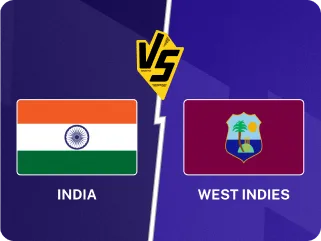
The ICC have announced ‘prominent’ changes to their Playing Conditions, including a curious amendment to the Free Hit rule.
The ICC have named multiple changes to their Playing Conditions, starting with the upcoming World Test Championship 2021-23 final between Australia and India at The Oval.
The abolition of the soft signal rule might have dominated the headlines, but there have been other amendments too. Helmets will now be mandatory for batters facing fast bowling, wicketkeepers standing up to the stumps, and close-in fielders in front of the wicket.
Amidst all this, there has been “a minor addition” to the Free Hit rule as well: “Any runs scored off a Free Hit when the ball hits the stumps counted as runs scored from now. This would mean that batters can now be bowled off a Free Hit and attempt a run for the same.”
A free hit is awarded to the batting side in limited-overs matches immediately after a bowler bowls a no-ball of any kind. For the ball, the striker gets immunity against any form of dismissal, barring run out, obstructing the field, and hit the ball twice. The fielding captain can also not alter the field positions if the same batter is no strike.
Since this makes batters immune to most dismissals, they have found novel ways to maximise scoring. Playing for Australia A, Brad Haddin had once sprinted behind the stumps to gain more time again Shoaib Akhtar. On that occasion, Shoaib had hit the stumps, and the batters had run a bye.
A more famous incident took place during last year’s India-Pakistan clash at the T20 World Cup. With five to score off three balls, Virat Kohli missed a sweep off a free-hit ball from Mohammad Nawaz. The ball hit the stumps and ran past wicketkeeper Mohammad Rizwan, and Kohli and Dinesh Karthik ran three byes, much to the confusion of many.
Under the new Playing Conditions, India would have got the runs they originally got… but they would have been Kohli’s, not byes. Likewise, for Australia A and Haddin.
To make things clear, if a batter misses a free hit and runs, they will get byes (leg-byes if it hits the pads) – if and only if the ball does not go on to dislodge the bails. If that happens, the runs will count as scored off the bat, and will presumably reflect against the bowler’s tally as well.
If it indeed happens, it will mark perhaps the first instance of a batter scoring runs off the bat in serious cricket despite missing the ball.








